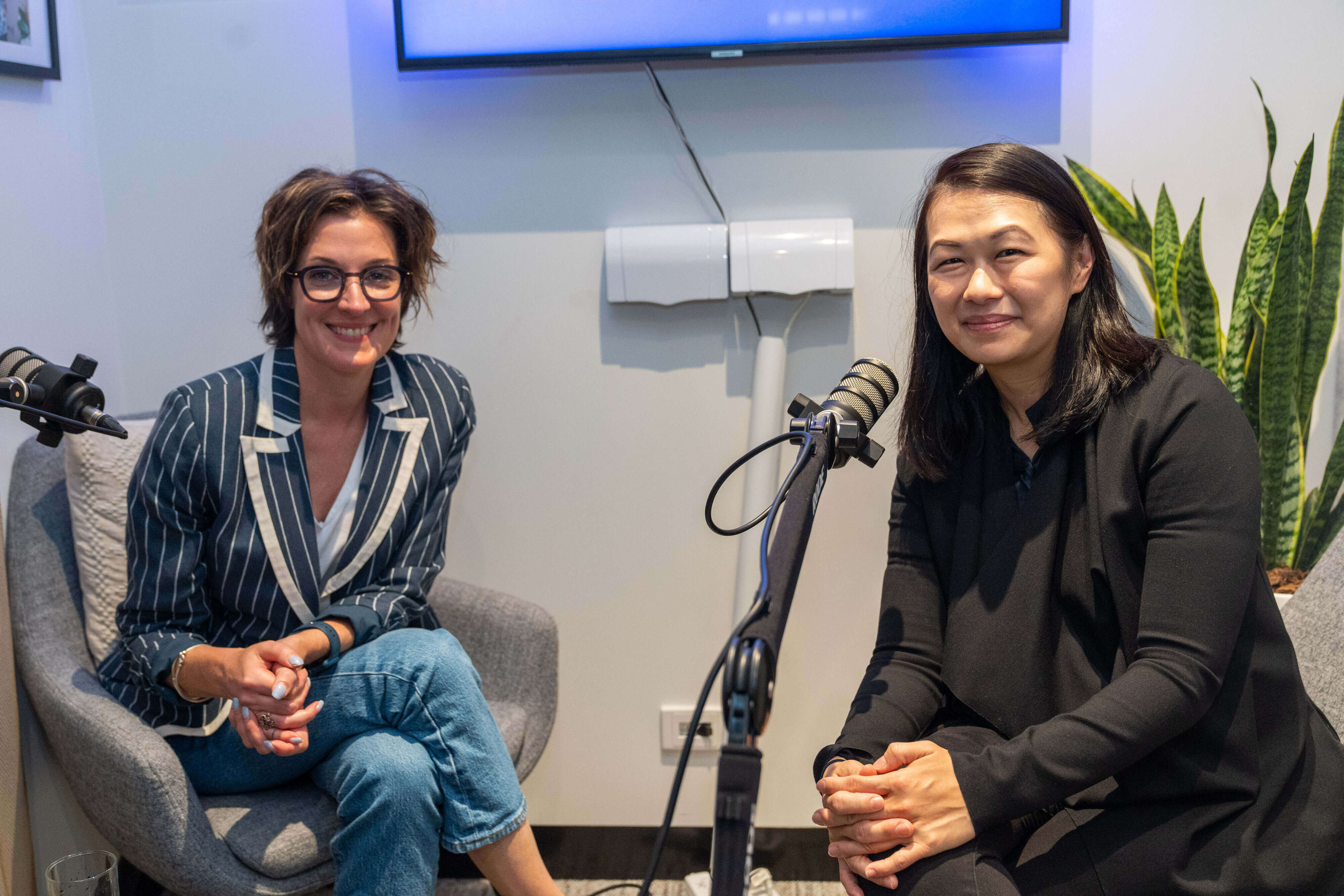Urgent action needed to meet seniors' housing and health needs
Urgent action needed to meet seniors' housing and health needs
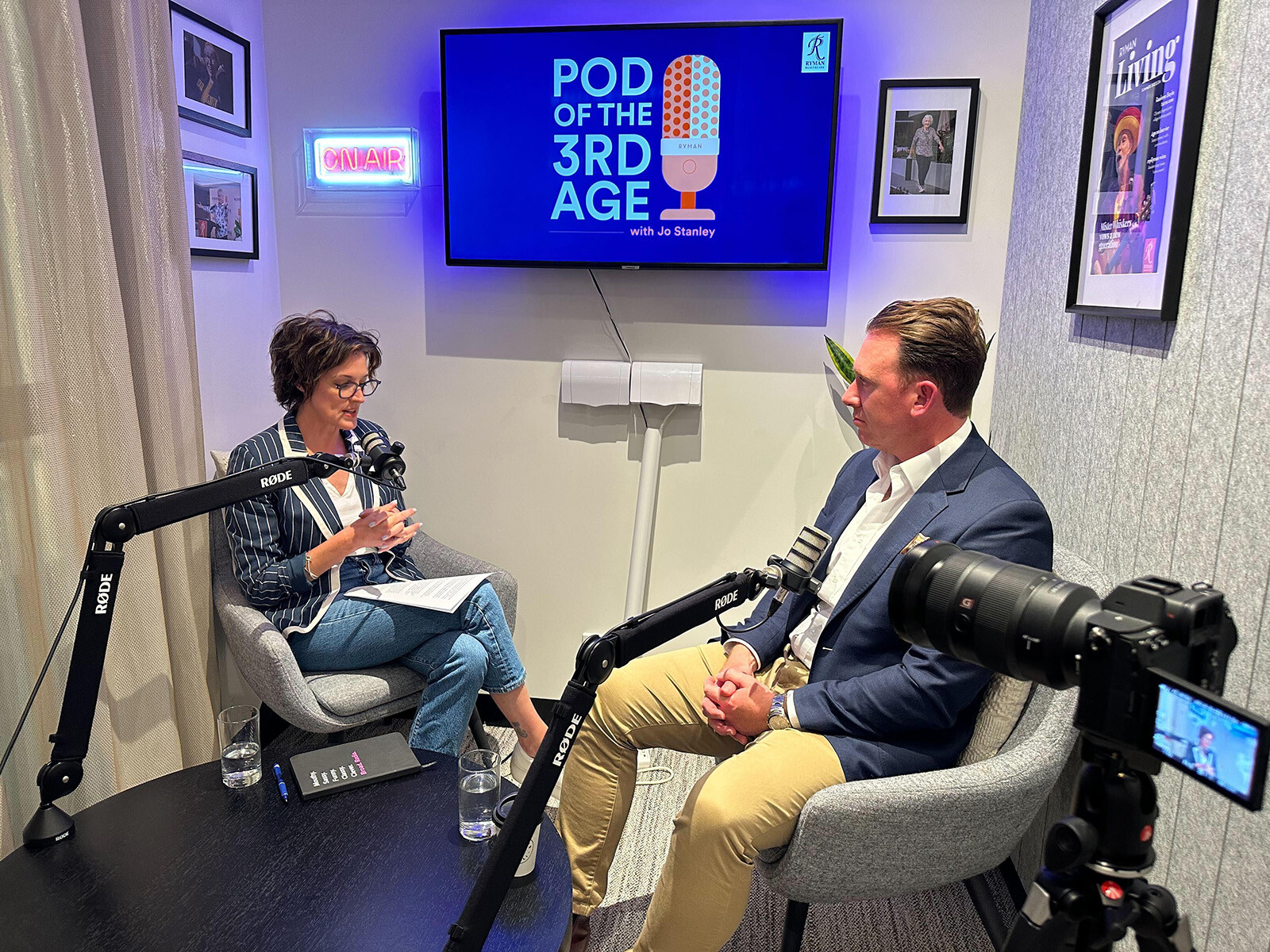
Australia has “got to get moving” if the country’s housing, health and aged care sectors are going to cope with a massive influx of ageing Baby Boomers, the Retirement Living Council (RLC) says.
Speaking on Ryman Healthcare’s Pod of the 3rd Age podcast, RLC Executive Director Daniel Gannon said Australia is staring down the barrel of a 70 per cent increase in the number of people aged over 75 in the next 20 years.
“It’s no surprise that this has come - demographers for many years have been pointing to this moment. What we have to do now is come up with industry-led solutions for government,” Mr Gannon told Pod of the 3rd Age host Jo Stanley in an episode released today.
LISTEN TO THE EPISODE HERE:
Citing the RLC’s recently-released ‘Better Housing for Better Health’ report, Mr Gannon said the growth in demand for housing and care options for older Australians is far outstripping supply.
“Around Australia you can count on one hand nationally the number of new residential aged care facilities being brought to market.”
Mr Gannon said retirement living communities have a crucial role to play in bridging that gap.
Industry forecasts show just 18,000 new retirement living units will be built between 2023-2030 – well short of the 67,000 units needed to simply maintain the 12.6 per cent penetration rate of Australians over 75 currently living in a retirement community.
The ‘Better Housing for Better Health’ report, citing forecasts by the National Housing Finance and Investment Corporation, found that those 67,000 retirement living units could reduce the overall housing shortage in Australia by 67 per cent.
The report also found that 75 per cent of people aged 75 or older – 1.4 million people – are living in homes that are oversized for their needs.
Living in a family home that’s not designed for ageing “comes with all sorts of risks”, including falls and social isolation, Mr Gannon said.
Releasing housing stock would alleviate mounting pressure on the market and improve housing affordability for first-home buyers and young families.
The report found a two-bedroom retirement living unit is around 43 per cent cheaper than a comparable unit in the same market, making retirement communities “an affordable housing solution hiding in plain site at a time when affordability is eroding right around Australia,” Mr Gannon said.
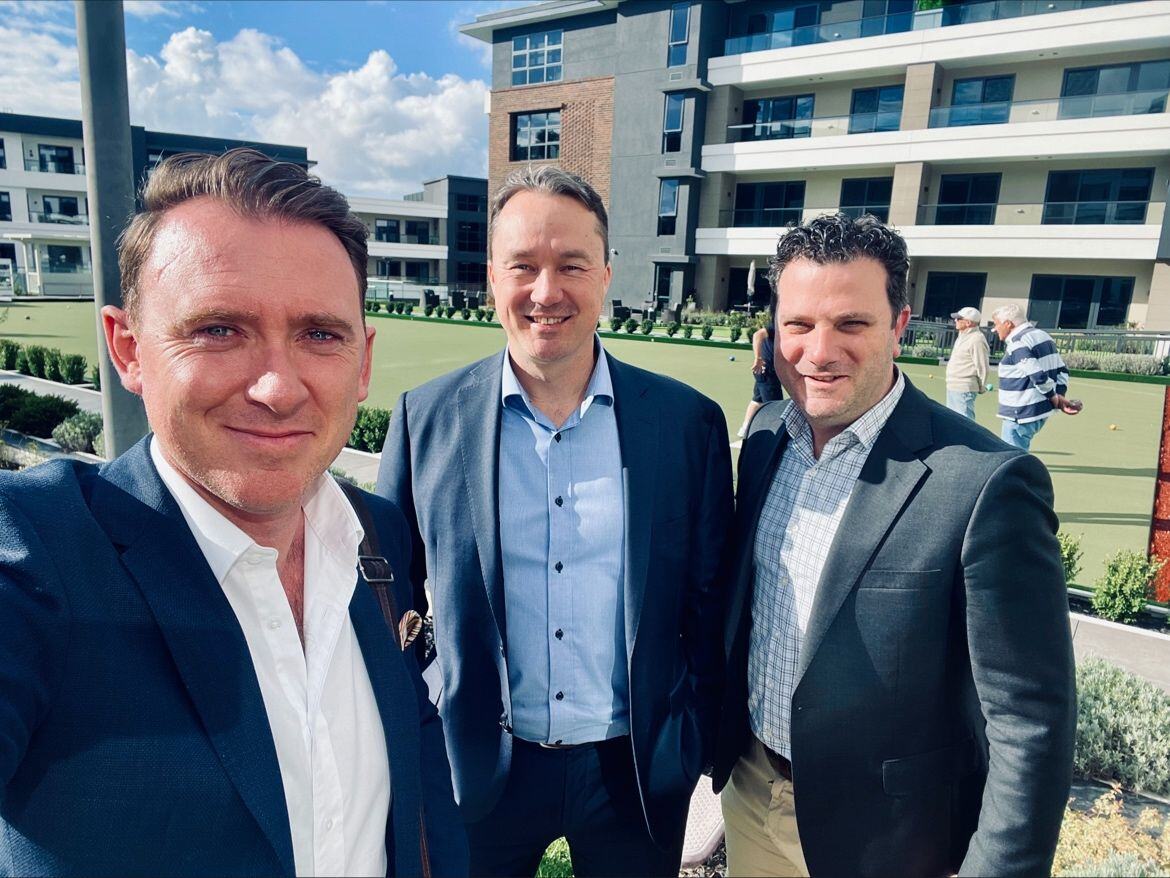
RLC Executive Director Daniel Gannon (left) visits Ryman Healthcare's John Flynn Retirement Village with Ryman's Australian CEO Cameron Holland (centre) and its Communications and External Relations Manager Michael Cummings.
In addition to alleviating pressure on Australia’s fractured housing market, the report found when older Australians right size, the health and wellbeing benefits are profound.
“Compared to people not living in a retirement community, residents are 41 per cent happier, 15 per cent more physically active, they’re twice as likely to catch up with family and friends and, really importantly, they’ve got reduced levels of loneliness and depression,” Mr Gannon said.
He said ‘Better Housing for Better Health’ also found the direct impact of retirement living communities on Australia’s healthcare system was “compelling”, with a 20 per cent reduction in hospitalisations in the first nine months after a resident’s move, equating to 14,000 fewer hospitalisations nationally a year.
While the benefits of retirement living for older Australians and society were undeniable, Mr Gannon called on government to streamline planning processes, establish minimum land allocations, and incentivise rightsizing to help the sector meet the growing need for better housing and health options for seniors.
“The old-age dependency ratio is expected to continue increasing to 2060,” he said.
“We’ve got to get moving.”
by Ryman Healthcare | Jul 1, 2024
Subscribe to our blog newsletter
You May Also Like
These Related Stories
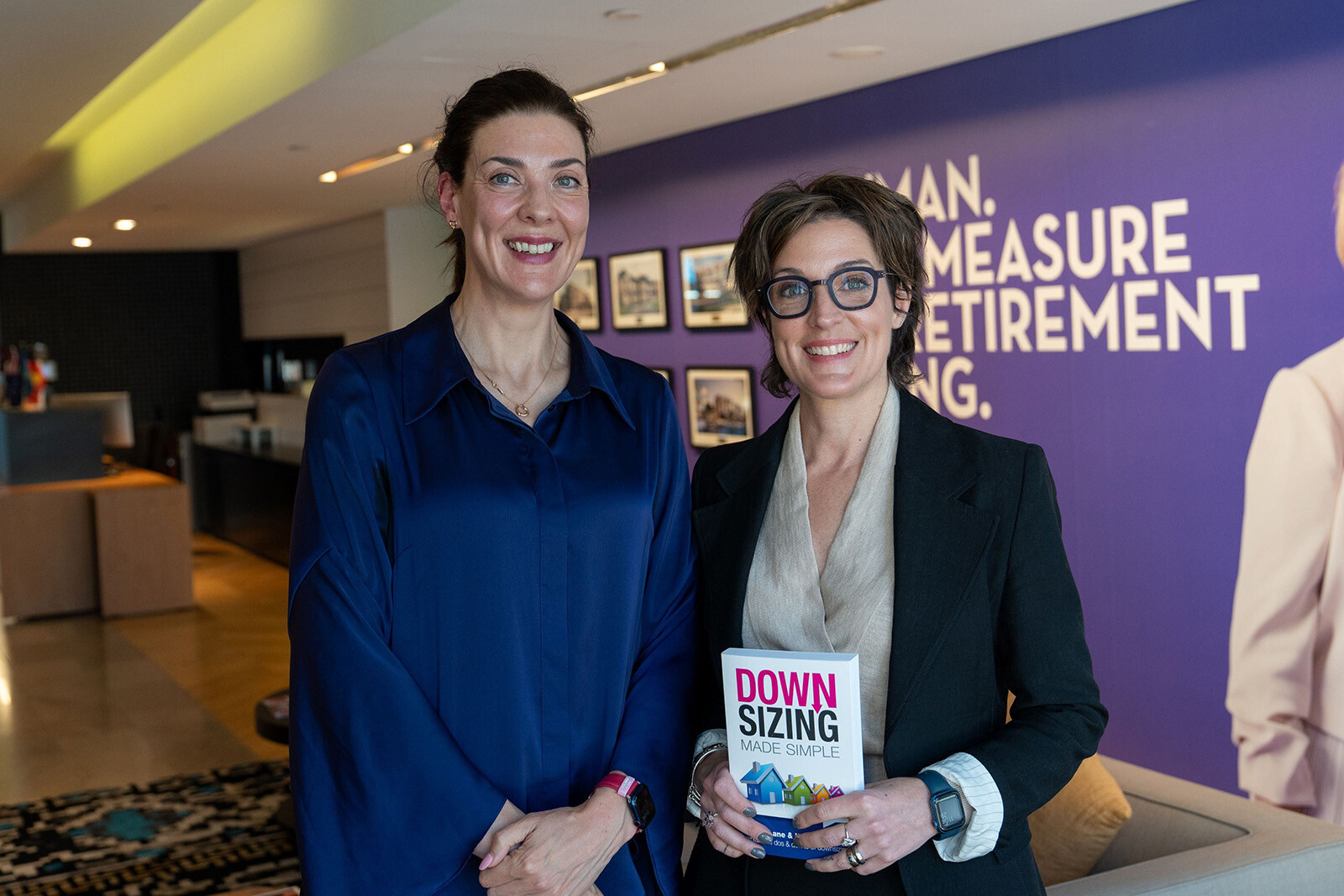
Does your retirement community care?
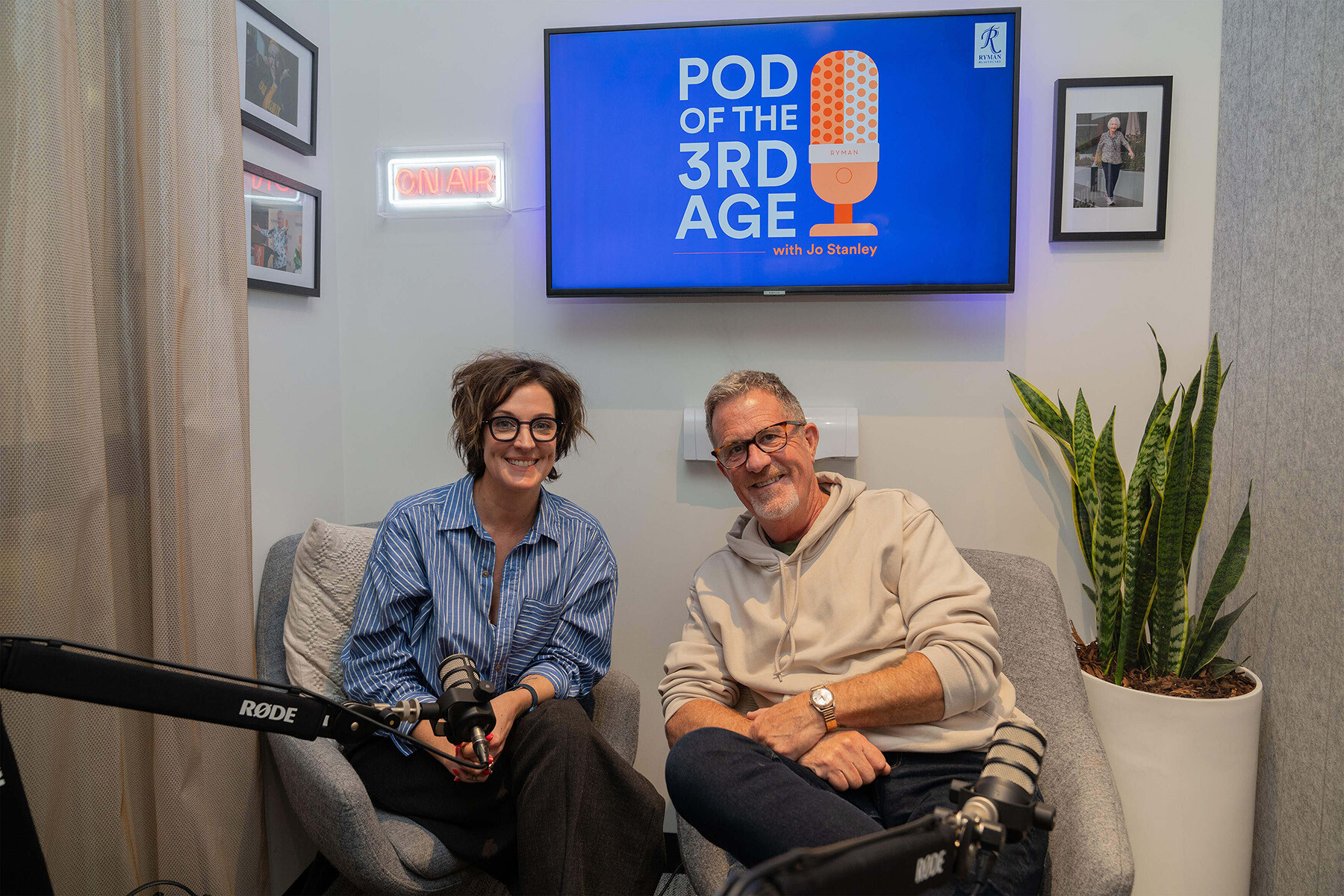
‘Pod of the 3rd Age’ hits the airwaves
